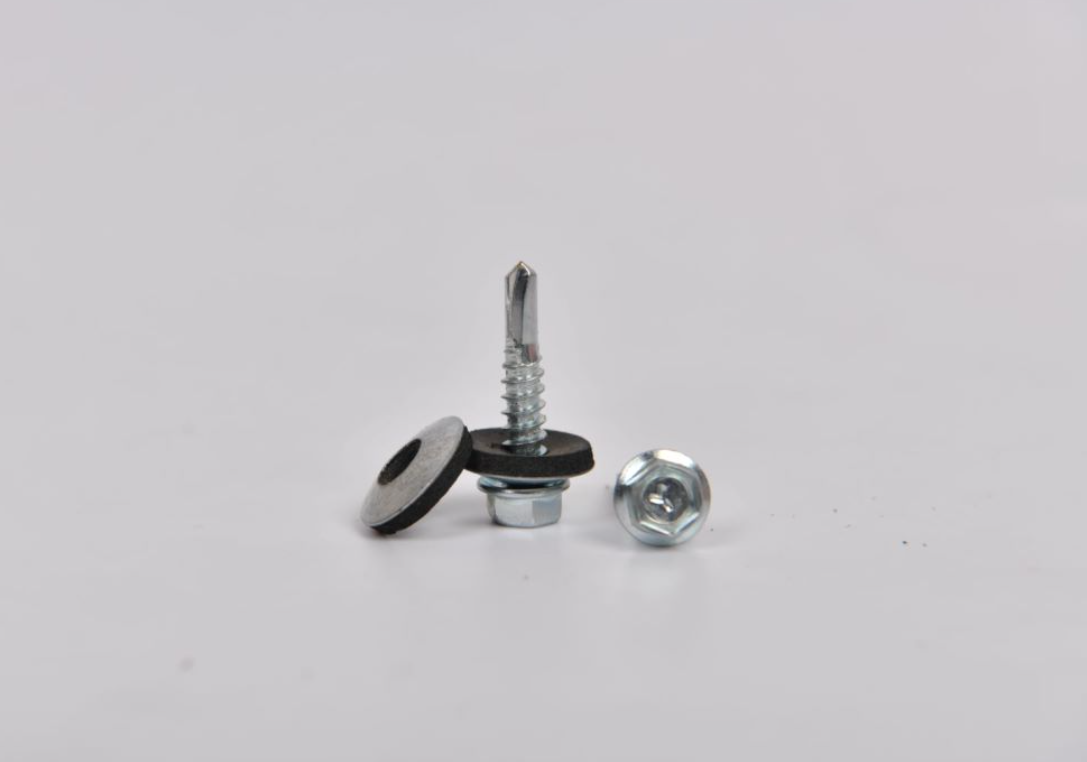Comparing Wood Screws and Drywall Screws Which One Is Best for Your Project?
Wood Screws vs. Drywall Screws Understanding the Differences for Better Results
When it comes to fastening materials in construction or woodworking, choosing the right type of screw is paramount to achieving durability and effectiveness. Among the various options available, wood screws and drywall screws are commonly used but serve different purposes. Understanding their differences can help ensure that your project is executed successfully and lasts for years to come.
Material Composition and Design Wood screws are designed primarily for wood applications. They are typically made from stronger materials such as steel or stainless steel and feature a tapered body and a sharp point that allows them to penetrate wood easily. The threads on wood screws are often deeper and spaced further apart, which enables them to grip the wood fibers securely without splitting the material.
In contrast, drywall screws are specifically designed for attaching drywall sheets to wooden or metal studs. They are made from thinner materials than wood screws and often feature a bugle-shaped head that allows them to sink into the drywall without tearing the surface paper. Drywall screws usually have finer, closer threads to maintain a secure hold in the softer material of drywall.
Application The applications for wood screws and drywall screws are distinct, largely due to their design and material properties. Wood screws are ideal for projects where a strong bond is necessary, such as in furniture making, cabinetry, and wooden frame construction. Because of their strength, they can hold substantial weight and are suitable for heavy-duty applications.
wood screw vs drywall screw manufacturer

Drywall screws, on the other hand, are specifically designed for the installation of drywall. They work well in attaching drywall to studs, creating a smooth surface for painting or finishing. However, they are not suitable for use in structural applications or situations requiring significant load-bearing strength. Using drywall screws in wood projects may lead to poor results, as they can easily strip and fail under stress.
Ease of Use Both types of screws are relatively easy to use, but their characteristics lead to different experiences during installation. Wood screws may require pre-drilling, especially in hardwoods, to avoid splitting the wood. This additional step ensures a clean and secure fit. On the flip side, drywall screws are often designed to be self-tapping, allowing most users to install them quickly without pre-drilling, making them a popular choice for home improvement projects.
Conclusion In summary, while wood screws and drywall screws may appear similar at first glance, their differences in design, material composition, and application are significant. Choosing the right screw is essential for achieving the desired results in any project. For woodworking tasks, wood screws provide the necessary strength and durability. For drywall installation, drywall screws are efficient and effective without causing damage to the material.
By understanding the specific roles of these fasteners, builders and DIY enthusiasts alike can select the most appropriate screws for their needs, leading to successful and lasting projects. Always consider the material and the requirements of your application before making your choice, and you'll ensure a finished product that stands the test of time.
-
Top Choices for Plasterboard FixingNewsDec.26,2024
-
The Versatility of Specialty WashersNewsDec.26,2024
-
Secure Your ProjectsNewsDec.26,2024
-
Essential Screws for Chipboard Flooring ProjectsNewsDec.26,2024
-
Choosing the Right Drywall ScrewsNewsDec.26,2024
-
Black Phosphate Screws for Superior PerformanceNewsDec.26,2024
-
The Versatile Choice of Nylon Flat Washers for Your NeedsNewsDec.18,2024










